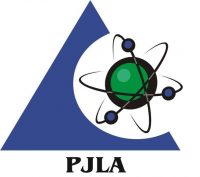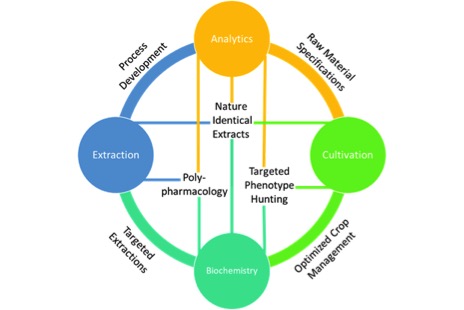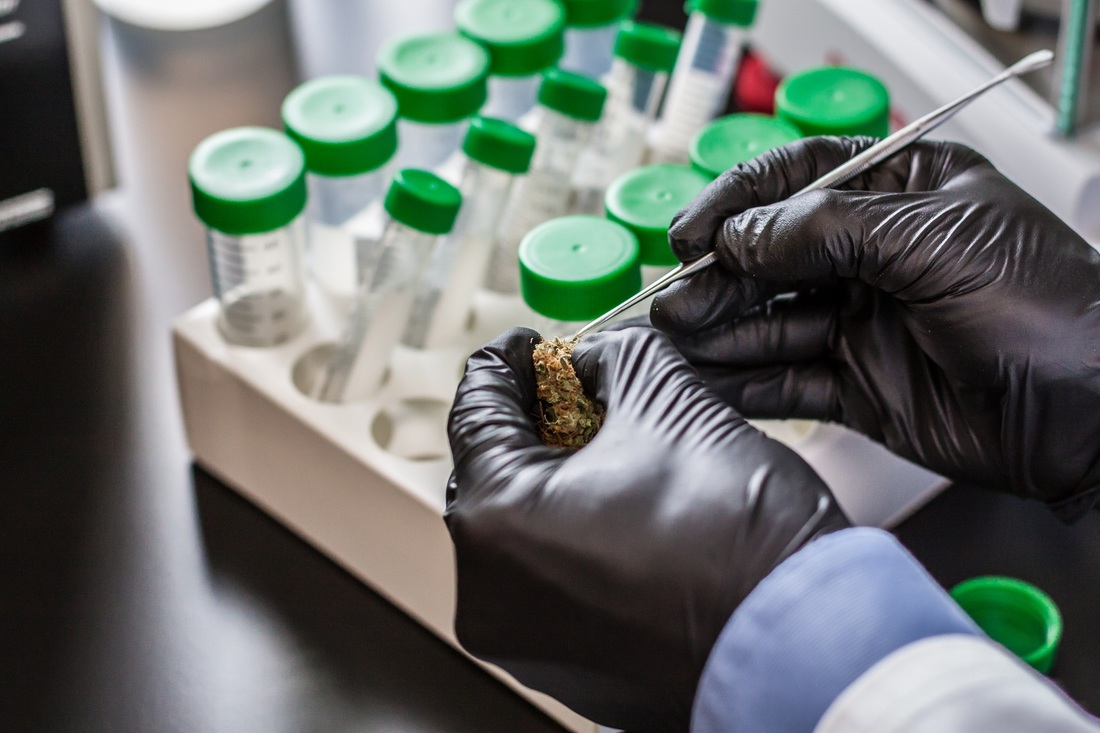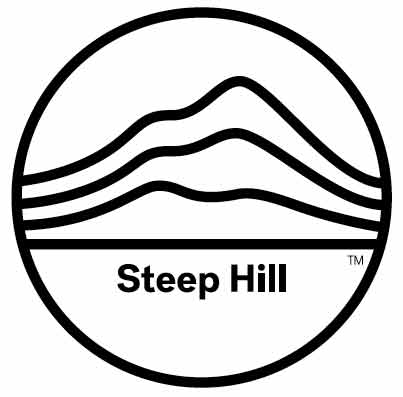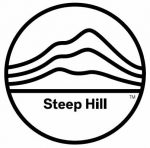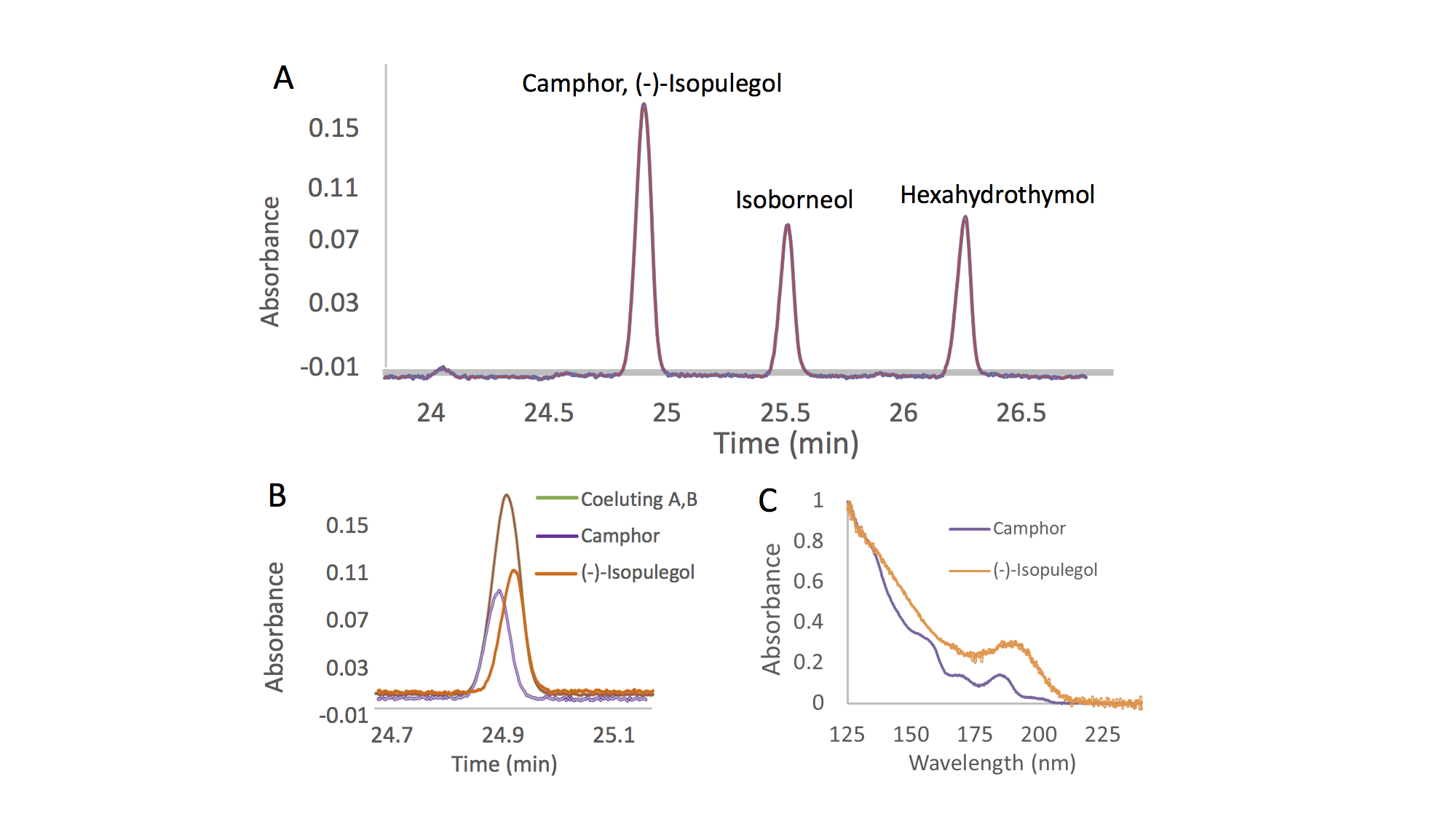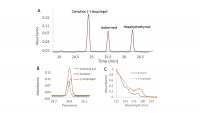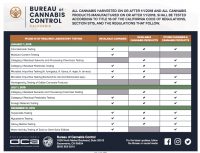Are you a product designer in the edible cannabis market? Well, you live at the intersection of the food and pharmaceutical industries and need to know both worlds, utilizing best-practice product development principles, regardless of which industry you are working in. In the cannabis industry, this means knowing your chemistry principles, food science, food safety, Good Manufacturing Practices (GMPs, applicable to the food industry) along with the more intense records and documentation requirements of the pharmaceutical industry.
California is the most recent state to implement legal recreational cannabis. It is estimated to deliver $7.7B in sales by 2021, including a reduction of medical use cannabis and an uptake of adult recreational use. How often do you live at the inception of such a potentially enormous market? Not often, so product developers, here is an opportunity. However, with that opportunity comes the responsibility. A recent emergency legislation adopted by the California Cannabis Safety Branch states:
Operational Requirements Licensees must have written procedures for inventory control, quality control, transportation, security and cannabis waste disposal. Descriptions of these procedures or Standard Operating Procedures (SOPs) must be submitted with the annual license application. Cannabis waste cannot be sold, must be placed in a secured area and be disposed of according to applicable waste management laws. Good manufacturing practices must be followed to ensure production occurs in a sanitary and hazard-free environment, cannabis products are contaminant free and THC levels are consistent throughout the product and within required limits. Extractions using CO2 or a volatile solvent must be conducted using a closed-loop system, certified by a California-licensed engineer. Volatile, hydrocarbon-based solvents must have at least 99% purity. Finally, volatile solvent, CO2 and ethanol extractions must be certified by the local fire code official.
Part of this emergency legislation for all California cannabis product manufacturers is the newly published GMP requirements, which appear to be a combination of food, supplements and HACCP requirements. Helpful resources to learn more about this new California emergency legislation impacting cannabis product manufacturers can be found at the California Manufactured Cannabis Safety Branch with the details of the emergency cannabis regulations.
Once developers have decided on a product, research and education to develop a good understanding of the regulatory environment is a must. For example, in order to develop compliant cannabis edibles, compliance with state, and in some cases local regulations, for food and cannabis must be met. Proactive compliance is a big part of designing a successful product in the most efficient manner.The attention to detail here will create a safe and satisfying experience for consumers as they receive a consistent product every time.
As a product developer you must first know the incoming cannabis plant characteristics to determine what type of cannabinoids they contain to determine what types you wish to source. This requires a strong and well documented supplier program that can identify reliable suppliers of high purity and consistent cannabis raw materials, the same principles that are typically required of food manufacturers. When looking for examples of credible ingredient supplier programs, looking at those used by the food industry is a good start. Make sure supplier management programs apply to all the raw materials and direct-contact packaging that you plan to use in your new product.
Once reliable sources of raw material have been secured, the next challenge is to conduct periodic tests of cannaboids levels found in your incoming cannabis. With this information, you need to adjust blending amounts to reflect the correct cannaboid dose in the finished ready-to-eat (RTE) product. Like any other medicinal product, the active ingredient dosage will directly impact the effect on the consumer, thus it is important that you, the manufacturer, are completely aware of the exact cannaboid levels in your incoming ingredients, your blending amounts and your final product levels. This will require a robust either in-plant or commercial laboratory testing program. There is a great deal of technology and chemical analyses available to help dose the product accurately. This must also include robust testing and verification steps. If a consumer of your product were to over-consume from “normal” consumption rates of your cannabis-based food product, the liability, both financial, civil, ethical and criminal would fall on your company. The attention to detail here will create a safe and satisfying experience for consumers as they receive a consistent product every time.
design your products with commercial manufacturing viability in mindOnce regulatory responsibilities for manufacturing and marketing a cannabis-based food product have been met, so that you may sell a compliant and consistent product, it is time to add some creative juices and make the product interesting and enjoyable to consumers. With cannabis edibles, for example, explore what sort of food is appealing to consumers. Consider when, where and with whom your potential customers would be eating that food. Evaluate the best packaging design and size to suit the occasion. Ensure the packaging is child resistant yet practical for adult consumers. And above all manufacture a food that is delicious. Curiosity will attract your customers for the first time but quality and consistency will keep them coming back.
Product developers are usually fantastic at developing great lab scale products, but part of a developer’s job is to ensure that the design and manufacturing process is scalable for consistent and compliant commercial manufacturing. So design your products with commercial manufacturing viability in mind. Try to minimize the number of ingredients whilst still making a consumer-desirable product. Finally, rationalize your ingredients across your portfolio to avoid overcrowding the warehouse and risking expired ingredients.
If successful, your consumers will desire your product, your compliance team will be satisfied, your manufacturing partners will be thankful, the State of California will determine that you are fully compliant and your sales team’s job will have great business and professional success. In the end, you will have developed and launched a successful legacy product!






